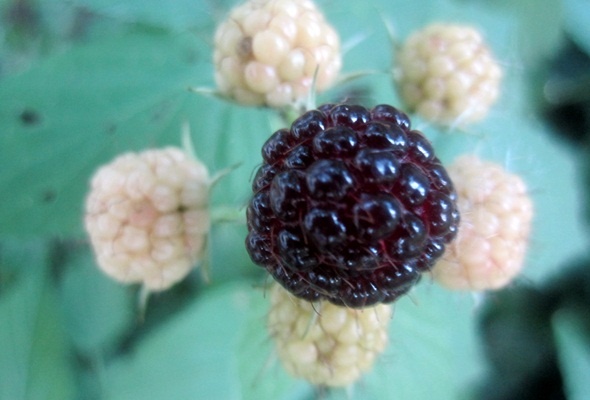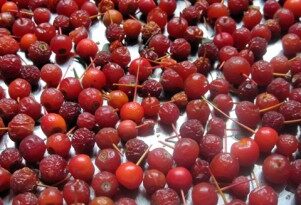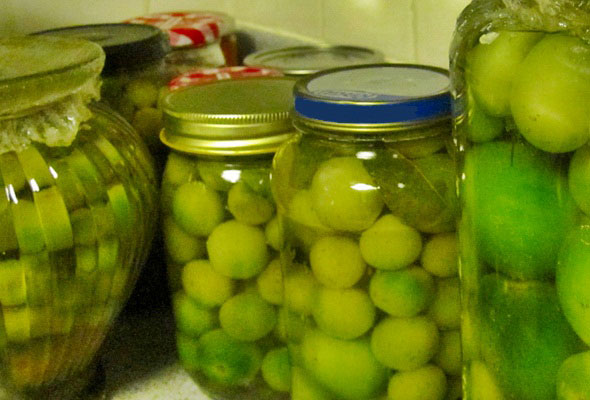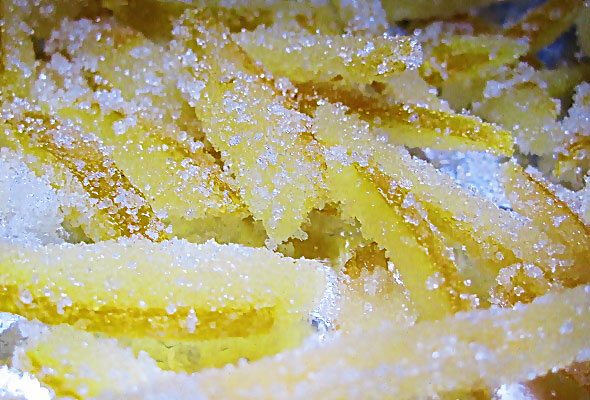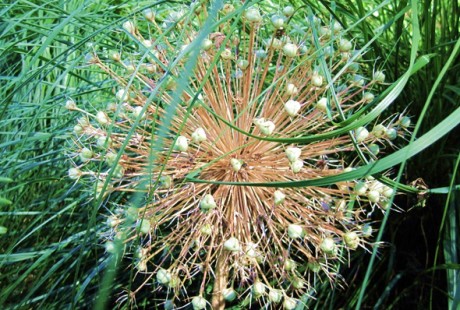How to Prune What When
All trees and shrubs benefit from the occasional trim during dormancy, to reshape and rejuvenate them, but fruit trees, grapevines, berry shrubs, climbing vines and roses need yearly pruning to keep blooming and maintain a good yield.
Prune roses when the forsythia blooms. For once flowering varieties, climbers and ramblers, which bloom on old wood, trim only to reshape and remove damaged canes. Cut back teas and landscaping roses to one third of their height and three or four green canes to promote their vitality.
Prune grapevine and clematis and cordon trees while fully dormant, in late winter, by trimming them back to the main chords trained on supports.
Cut back wisteria chords to three or four buds in winter, and again in summer, after it finished blooming, to keep its growth under control.
Remove old woody canes and give fruit bushes a vase shape, with plenty of space in the middle for young growth.
Cut back most fruit trees while dormant to encourage them to yield more fruit. Remove suckers (shoots growing from the base), crossing branches and enough bulk from the middle to allow air movement and let sunlight into their canopies.
Never prune stone fruit trees in winter, because of the risk of fungal disease. Do it in early summer instead.




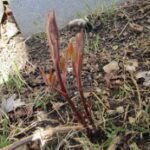 Previous Post
Previous Post Next Post
Next Post